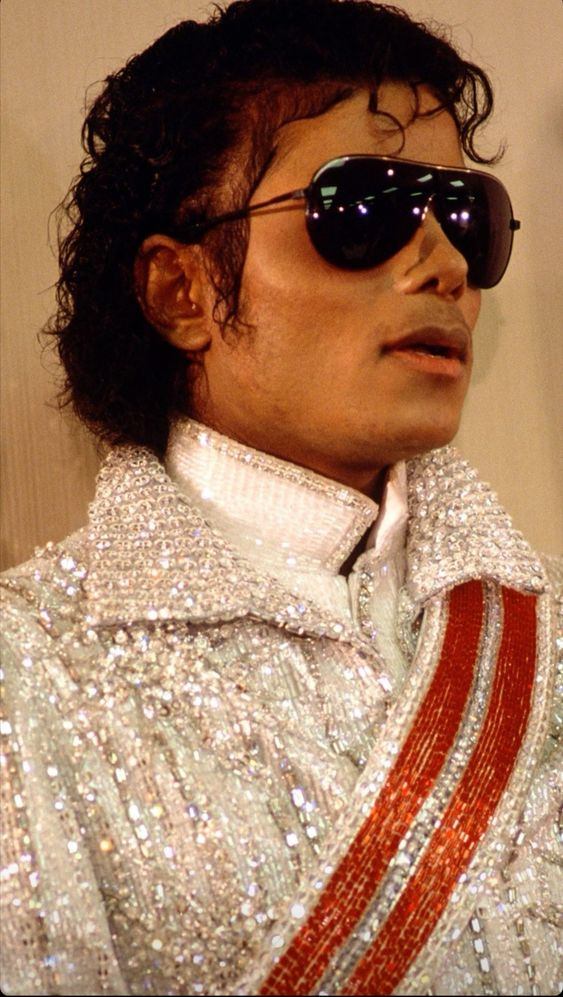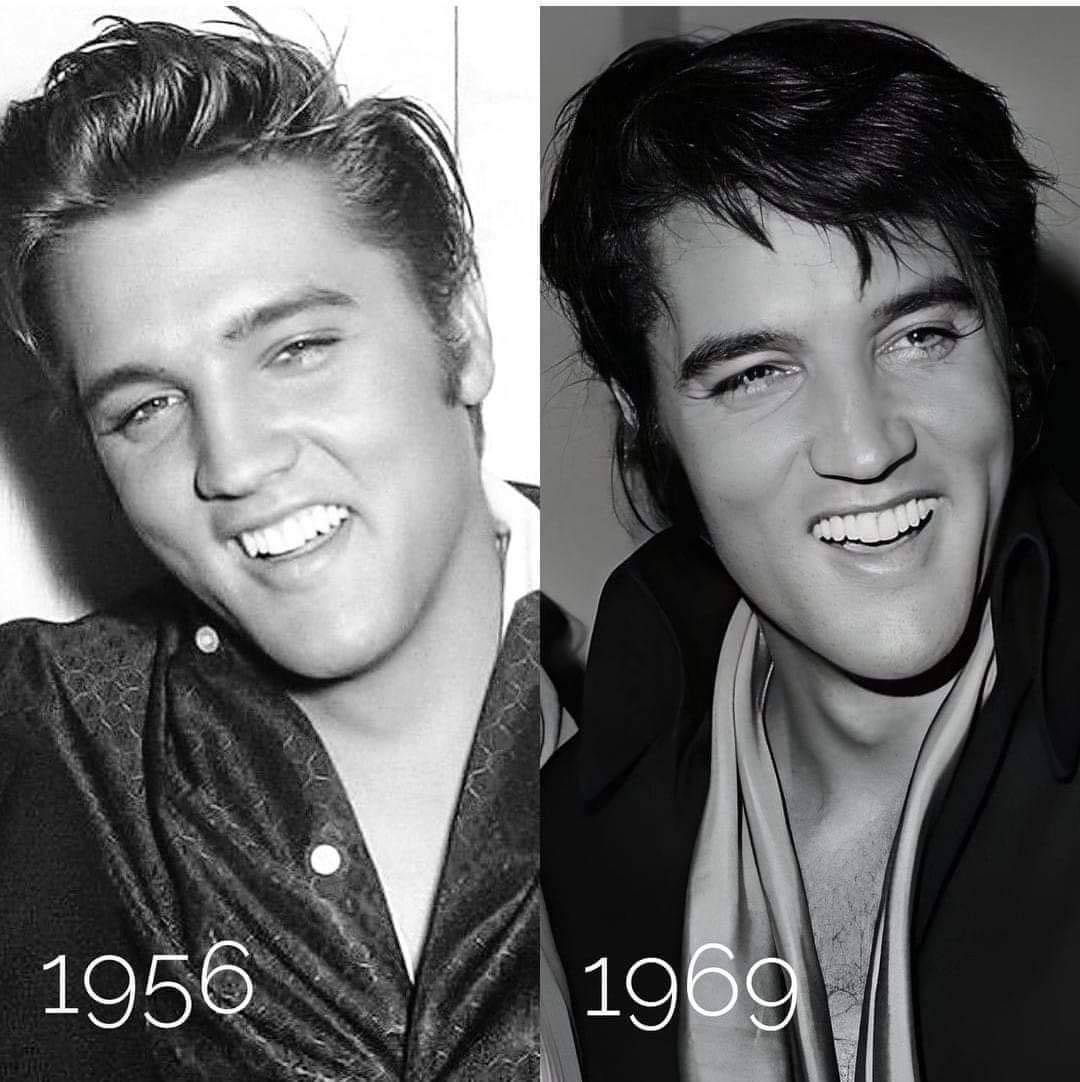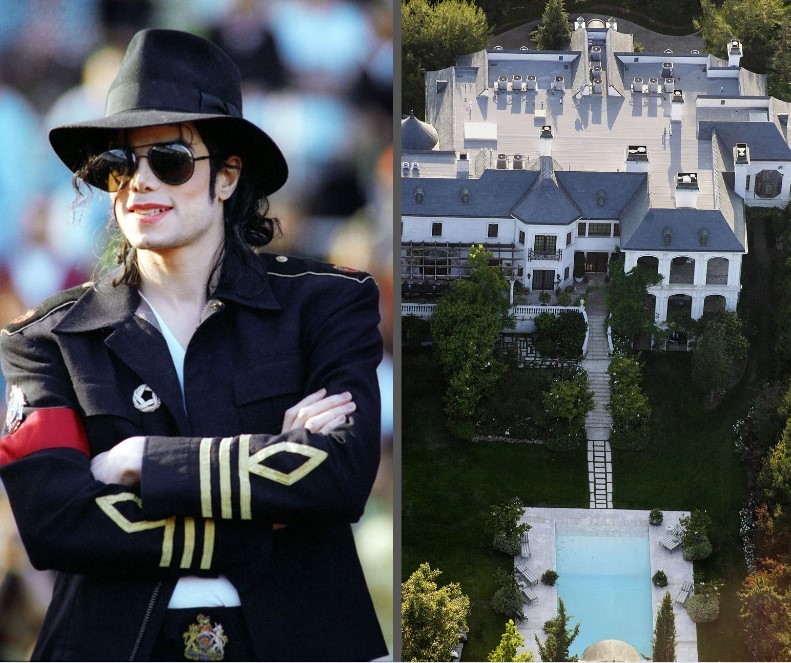Michael Jackson, the King of Pop, is celebrated not only for his groundbreaking performances and iconic dance moves but also for his unparalleled vocal abilities. His voice, characterized by its unique tone and remarkable range, captivated audiences worldwide. In this article, we delve into the vocal techniques that defined Jackson’s sound and contributed to his legendary status.
1. The Signature Sound: Breath Control and Falsetto
One of Michael Jackson’s most distinctive vocal techniques is his mastery of breath control and falsetto. Breath control is a fundamental aspect of vocal performance, and Jackson’s ability to manipulate his breath allowed him to create smooth, sustained notes and dynamic vocal passages. This skill enabled him to execute long, seamless phrases with clarity and precision.
Jackson’s use of falsetto is equally noteworthy. Falsetto, a vocal register that extends above the normal range of the singer’s voice, allowed Jackson to reach high notes effortlessly. His transition between his chest voice and falsetto was smooth and almost imperceptible, creating a seamless vocal experience. This technique is prominently featured in tracks like “Don’t Stop ‘Til You Get Enough,” where Jackson’s high-pitched falsetto contrasts with his rich chest voice, adding a layer of complexity to the song.
2. Dynamic Range and Expressiveness
Jackson’s dynamic range was nothing short of extraordinary. Dynamic range refers to the range between the softest and loudest parts of a singer’s voice. Jackson could move effortlessly from soft, intimate whispers to powerful, high-energy belts, showcasing his technical skill and adding emotional depth to his performances.
Songs such as “Billie Jean” and “Thriller” highlight Jackson’s ability to convey a wide range of emotions through his vocal nuances. In “Billie Jean,” his voice oscillates between a sultry, whispery tone and a strong, assertive delivery, capturing the song’s narrative tension. “Thriller,” on the other hand, features a dramatic, almost theatrical vocal performance, with Jackson’s dynamic range enhancing the song’s spooky, thrilling atmosphere.
3. The Art of Vocal Runs and Riffs
Michael Jackson was renowned for his intricate vocal runs and riffs. Vocal runs involve rapid changes in pitch, while riffs are elaborate melodic embellishments. These techniques became a hallmark of Jackson’s style, adding complexity and flair to his performances.
Tracks like “Wanna Be Startin’ Somethin’” showcase Jackson’s ability to execute complex vocal patterns with precision. The song’s upbeat tempo and rhythmic complexity are complemented by Jackson’s fast-paced vocal runs, which enhance the song’s infectious energy. His skillful use of riffs and runs not only highlighted his technical prowess but also contributed to the overall groove and feel of his music.
4. The Use of Vocal Texture and Timbre
Michael Jackson’s vocal texture and timbre— the unique quality or color of his voice—played a significant role in defining his sound. His voice possessed a distinctive, almost childlike quality, which, combined with his technical skills, created a sound that was instantly recognizable.
Jackson’s vocal timbre varied from song to song, reflecting his ability to adapt his voice to different musical styles and moods. In ballads like “Human Nature,” his voice is soft and smooth, exuding a sense of vulnerability. In contrast, his performances in upbeat tracks like “Bad” feature a more assertive and gritty vocal texture, demonstrating his versatility as a performer.
5. The Influence of Vocal Phrasing and Timing
Vocal phrasing and timing are crucial elements of a great performance, and Michael Jackson excelled in both areas. Phrasing refers to how a singer divides musical phrases, while timing relates to the placement of notes and rhythms within a song.
Jackson’s precise control over vocal phrasing and timing allowed him to create memorable and impactful performances. His ability to place words and notes in just the right spot within a rhythm or melody added a sense of spontaneity and groove to his music. This skill is evident in songs like “Smooth Criminal,” where Jackson’s rhythmic phrasing and impeccable timing contribute to the song’s driving beat and intense energy.
6. The Role of Vocal Effects and Production
In addition to his natural vocal abilities, Michael Jackson’s sound was shaped by various vocal effects and production techniques. Collaborating with innovative producers like Quincy Jones, Jackson explored new ways to enhance his voice and create distinctive sounds.
Vocal effects such as echo, reverb, and layering were used to add depth and dimension to Jackson’s recordings. For instance, the iconic vocal layering in “Beat It” creates a rich, immersive sound, while the use of echo in “Billie Jean” adds a sense of space and atmosphere. These production techniques, combined with Jackson’s vocal talents, contributed to the polished and captivating sound that defined his music.
7. The Impact of Michael Jackson’s Vocal Techniques on Pop Music
Michael Jackson’s vocal techniques had a profound impact on the evolution of pop music. His innovative approach to singing and recording set new standards for vocal performance and production.
Jackson’s influence can be seen in the work of many contemporary artists who have adopted and adapted his techniques. His use of falsetto, vocal runs, and dynamic range has become a reference point for vocalists across genres. Additionally, his emphasis on vocal texture and production has influenced how modern music is recorded and produced.
8. The Legacy of Michael Jackson’s Vocal Artistry
Michael Jackson’s vocal artistry continues to inspire and influence musicians and vocalists around the world. His unique voice, combined with his technical skills and innovative approach to singing, has left an enduring legacy in the world of music.
Despite his passing, Jackson’s recordings remain a testament to his extraordinary talent and creativity. His vocal techniques, from breath control and falsetto to dynamic range and vocal runs, have become benchmarks for aspiring singers and musicians. Jackson’s ability to convey emotion and tell stories through his voice has cemented his place as one of the greatest vocalists of all time.
Conclusion
Michael Jackson’s vocal techniques were integral to his success and enduring legacy as the King of Pop. His mastery of breath control, falsetto, dynamic range, and vocal embellishments set him apart as a vocalist of unparalleled skill and creativity. His innovative use of vocal texture, phrasing, and production techniques helped shape the sound of modern pop music and left an indelible mark on the industry.
As we celebrate the achievements of Michael Jackson, it is essential to recognize and appreciate the vocal magic that defined his sound. His voice was not just an instrument but a powerful force that captivated and inspired audiences around the world. The techniques he employed continue to influence and inspire new generations of artists, ensuring that his legacy as a vocal icon will endure for years to come.




